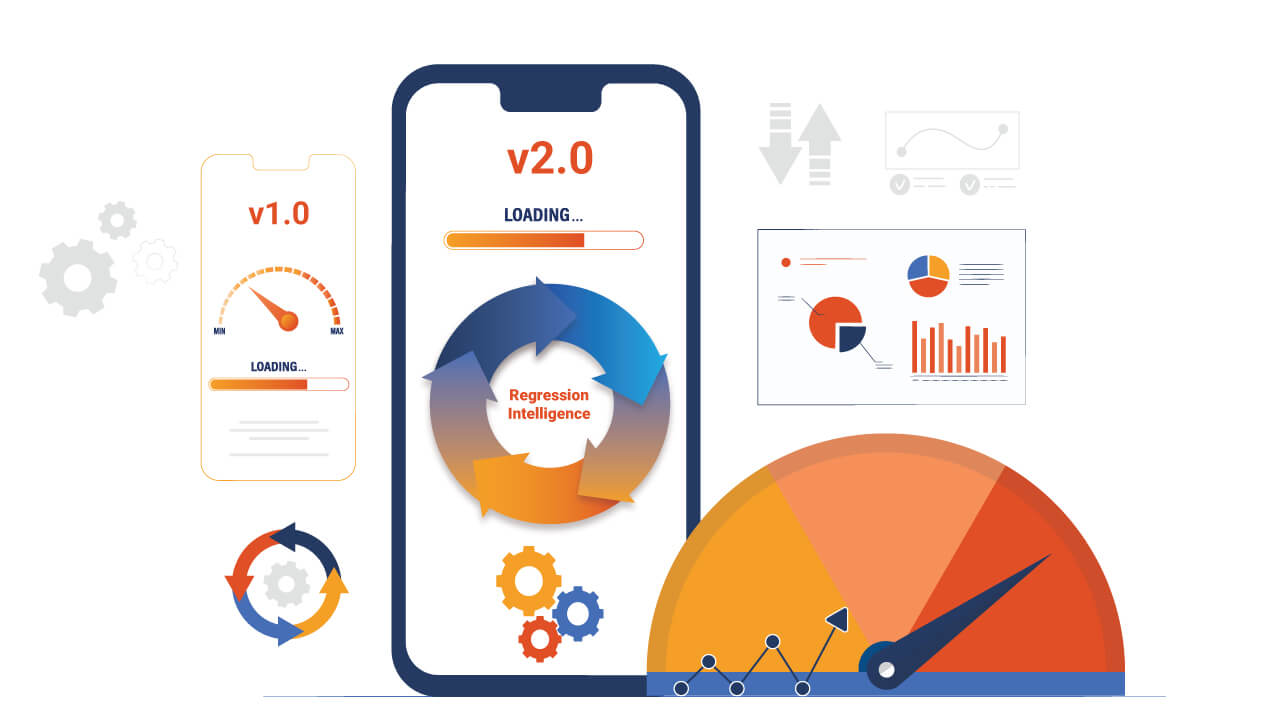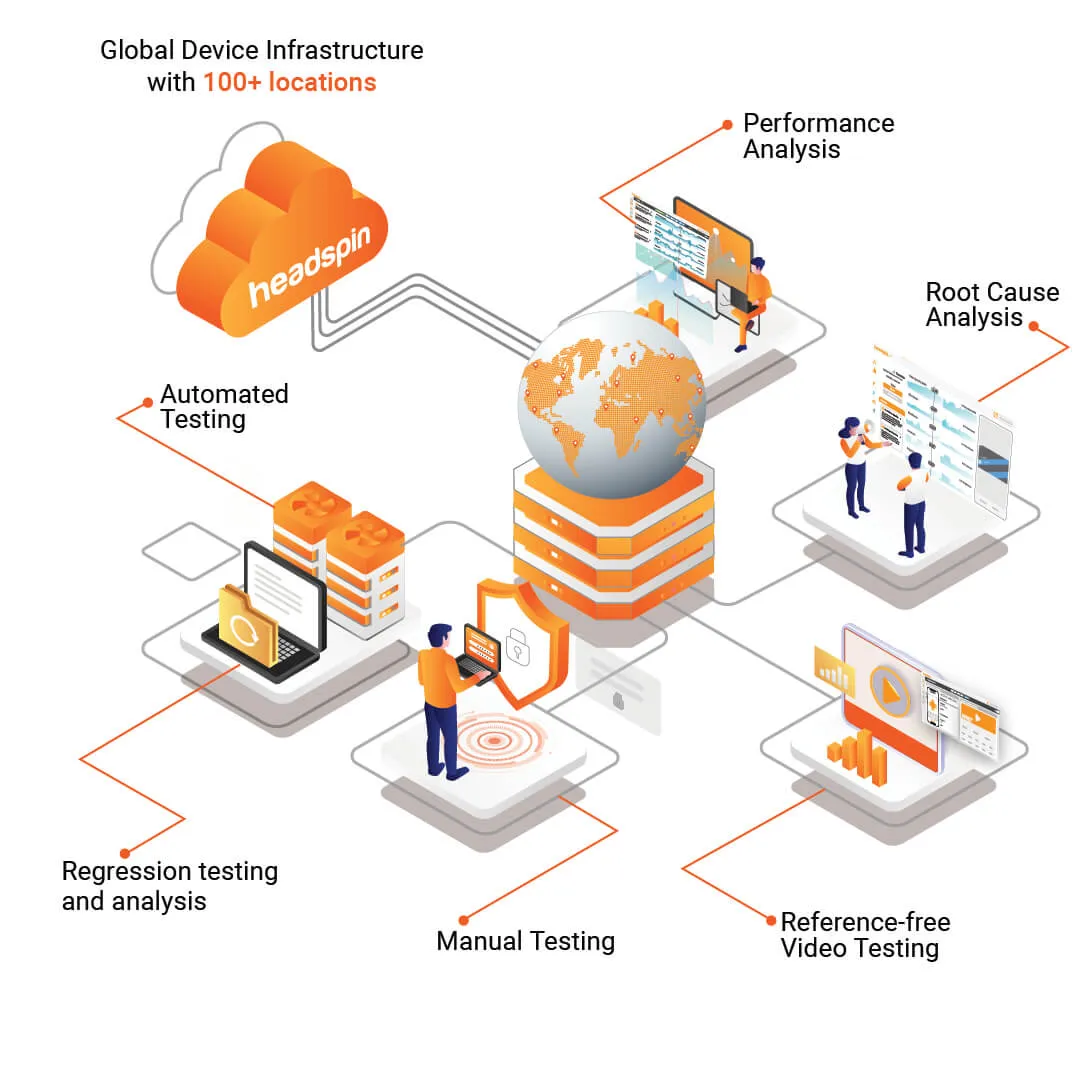What separates a blockbuster game from one that’s quickly forgotten? It’s not just graphics, story, or marketing. It’s quality. And quality doesn’t happen by accident; it’s engineered, tested, and validated at every stage of development.
In today’s cross-platform, live-streaming gaming world, the role of testing has expanded significantly. From console to mobile, from social games to competitive esports titles, quality assurance (QA) ensures that the game your players experience is the one you intended to deliver.
This blog explores the modern game testing process, its various types, and when to implement them. First, let’s understand the stakes.
Understanding the Real Stakes of Game Testing
Detecting bugs is just one part of game testing. The broader goal is to deliver a consistent, responsive, and fair player experience, regardless of platform, device, region, or network condition. Today’s players expect fluid cross-play, responsive controls at 60+ FPS, intuitive UIs across screen sizes, and zero tolerance for crashes or lag. Meeting these expectations takes far more than playthroughs and bug lists.
Some of the most pressing challenges include:
- Supporting a fragmented mobile ecosystem with hundreds of device models and OS variations
- Navigating compliance requirements for mobile app stores, and cloud gaming platforms
- Ensuring multiplayer features function seamlessly under varying network conditions
- Delivering culturally relevant, localized content without disrupting gameplay or UI
When these factors are left untested or tested too late, studios risk negative reviews, missed certification windows, and increased support costs.
The Core Pillars of Modern Game QA
1. Functional, Regression & Exploratory Testing
This is where it all begins. Functional testing ensures that features behave exactly as designed, from character movement and inventory logic to menu navigation and mission triggers. Every input, output, and game state transition is verified.
As the game evolves, especially in live service games, regression testing checks that existing functionality still works after updates. Without it, fixing one bug can unintentionally introduce five more. Teams often rely on test automation at this stage, especially for high-risk or frequently updated areas like login flows or in-game economies.
Exploratory testing involves testers freely navigating the game without scripts to uncover hidden bugs, UI issues, or design flaws. It relies on intuition and game knowledge, making it ideal for spotting unexpected behavior in new or complex features.
2. Performance, Compatibility, & Localization Testing
Even the most engaging gameplay will fall flat if performance stutters or the game can’t run on common hardware. This pillar of QA focuses on frame rate stability, memory usage, load times, and more. On mobile, it includes evaluating battery drain and responsiveness on lower-end devices.
Compatibility testing complements this by running the game across diverse OS versions, hardware specs, screen resolutions, and more. This testing is often extended with cloud-based platforms like HeadSpin that provide scalable access to real devices under real network conditions.
Localization testing ensures that language translations are not just accurate, but culturally and contextually appropriate. This includes checking for text overflow in UI, verifying voiceovers sync with animations, and ensuring region-specific compliance (e.g., censorship or rating requirements).
3. Multiplayer, Network & Security Testing
Online features introduce a unique layer of complexity. QA teams validate matchmaking logic, party/lobby systems, in-game chat, and co-op or PvP mechanics. They test poor network conditions and synchronization to detect desync bugs.
Security testing aims to prevent exploits, like duplication glitches, wall hacks, or speed cheats, by stress-testing anti-cheat systems and checking backend validations. This protects not only the game economy but the competitive integrity and player trust.
The Tools Behind the Process: Automation and the Cloud
Modern game QA relies on a powerful toolkit to manage scale and complexity:
- Test automation handles routine validation for core features and regression coverage.
- Manual testing (remote & on-prem): Even with automated tests in place, nothing beats manual testing for gestures, UI flows, or controller input accuracy. HeadSpin enables testers to interact remotely with handheld devices to replicate tapping, swiping, or using companion apps. For high-security environments, on-prem device labs (e.g., PBoxes) offer full control without compromising access or visibility.
- Cloud testing platforms, such as HeadSpin, provide access to real devices with varying network profiles and OS versions, eliminating the need to maintain massive in-house device farms.
These tools reduce manual overhead, allow for continuous testing, and improve test coverage across real-world usage scenarios.
Final Thoughts: Quality Drives Retention
Well-tested games don’t just launch better - they retain players longer, generate positive word of mouth, and lower support costs. A single missed bug can frustrate users for days, and if this becomes a pattern, it can erode community trust permanently.
As game development accelerates and competition intensifies, QA must be strategic, continuous, and deeply integrated into every release cycle.
HeadSpin helps game studios stay ahead with scalable real-device testing, performance monitoring, and intelligent automation. Whether you’re working toward a launch or maintaining a global live-service title, we’re here to ensure quality keeps pace.
FAQs
Q1. How is game testing different from traditional software testing?
Ans: Game testing involves more real-time inputs, dynamic content, player unpredictability, and performance sensitivity. Unlike enterprise software, games must be fun, responsive, and immersive across a wide range of hardware.
Q2. What’s the role of cloud-based testing in game QA?
Ans: Cloud-based platforms enable testers to validate performance, compatibility, and functionality on real devices globally, eliminating the need for physical device labs.
Q3. When should a game development team start testing?
Ans: Testing should begin as early as possible, ideally during the prototype stages. This helps catch issues before they become expensive to fix.



























.png)




















-1280X720-Final-2.jpg)






